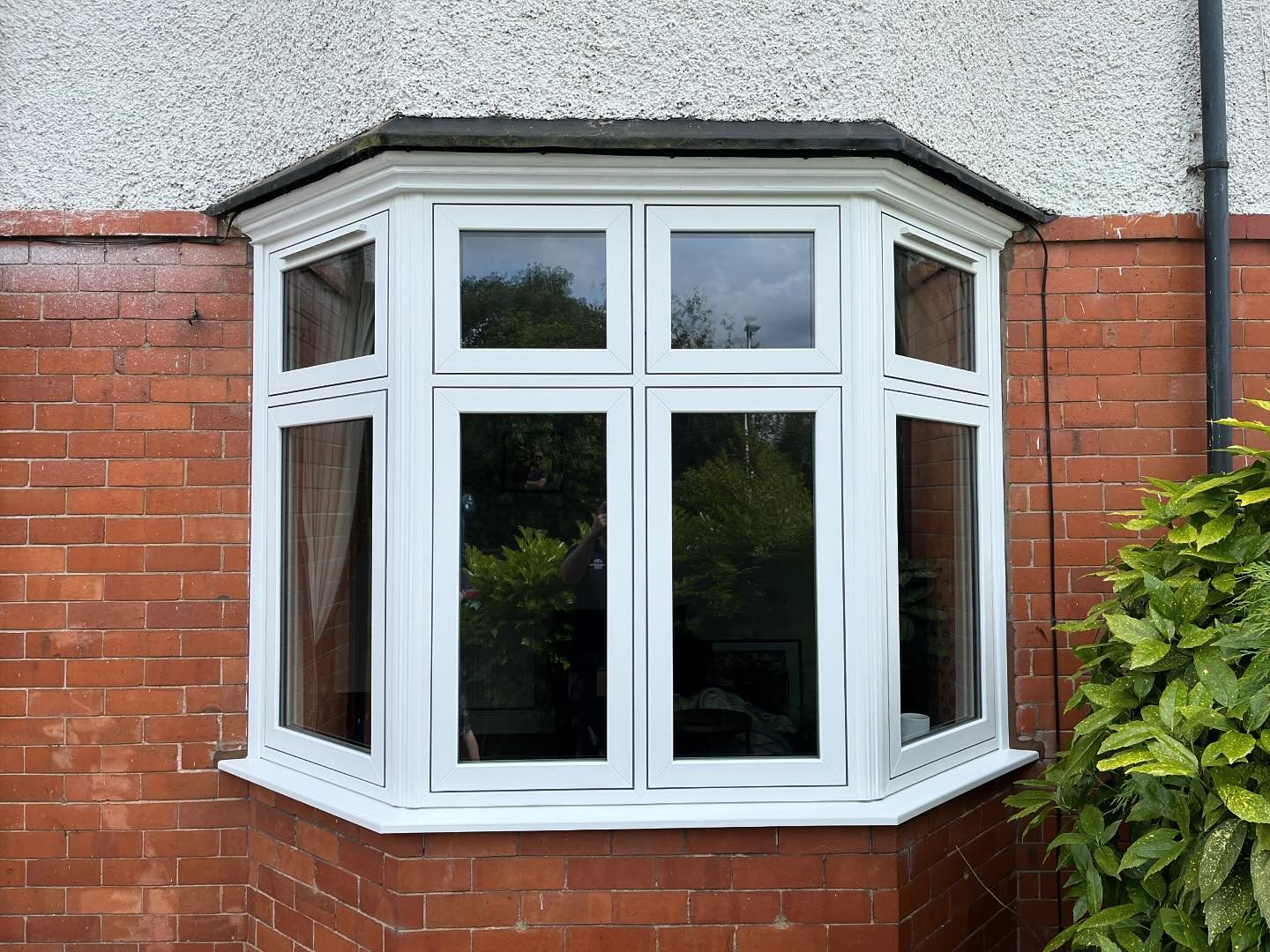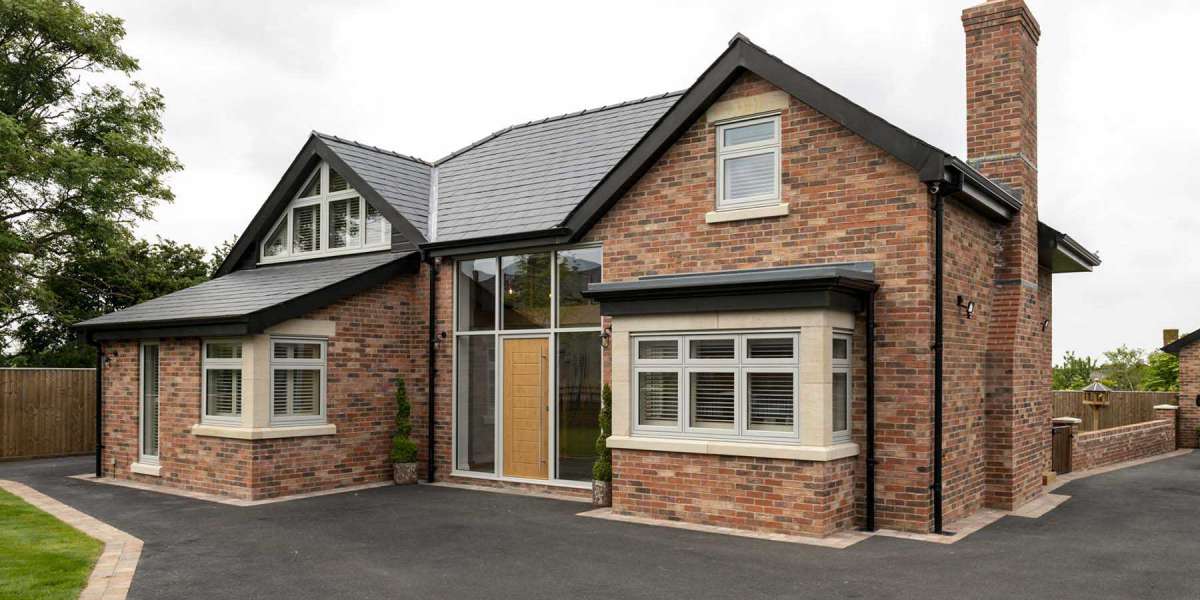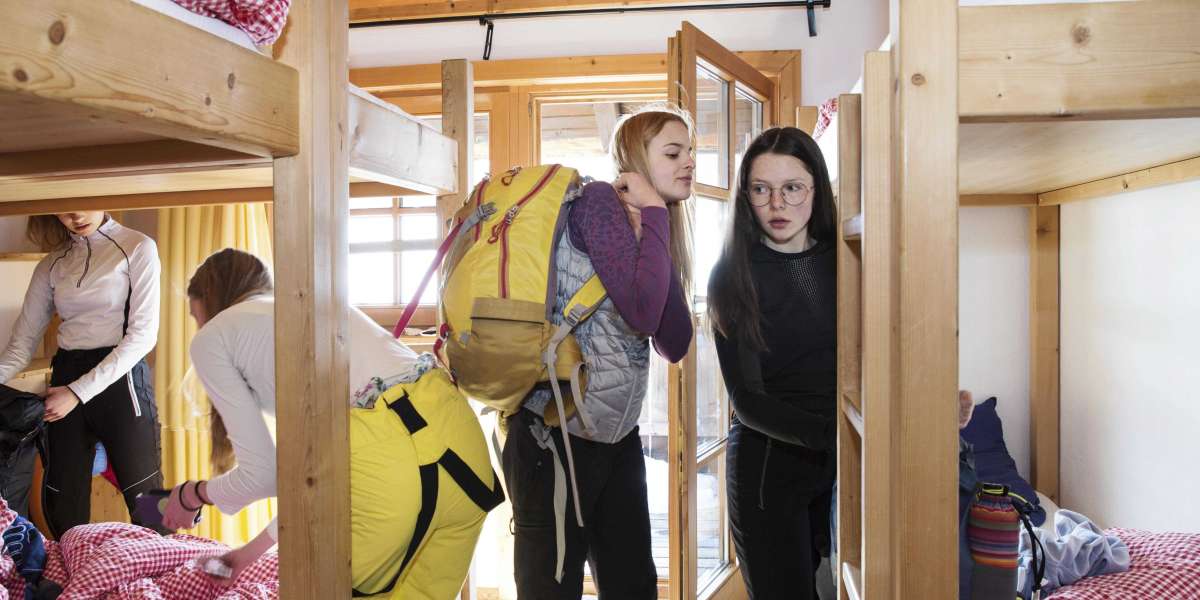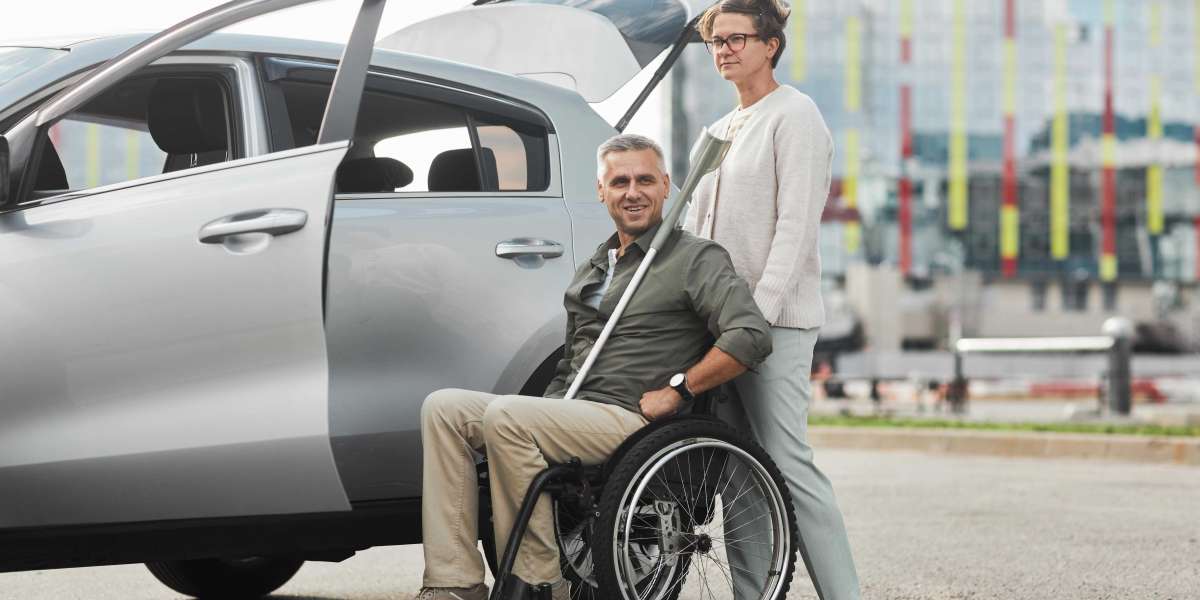In the quest for energy efficiency and enhanced home comfort, window replacement has seen significant advancements in technology and materials in recent years. Homeowners are increasingly aware of the impact that windows have on energy consumption, aesthetics, and overall living conditions. This article explores the latest innovations in window replacement that are transforming homes into more sustainable and comfortable spaces.
One of the most notable advancements in window replacement is the development of triple-glazed windows. While traditional double-glazed windows have been the standard for many years, triple-glazed windows offer superior insulation. They consist of three layers of glass with two insulating gas-filled spaces in between. This design dramatically reduces heat transfer, making homes warmer in winter and cooler in summer. The improved thermal performance can lead to significant energy savings, reducing heating and cooling costs by up to 30%. Furthermore, triple-glazed windows also provide enhanced sound insulation, making them an excellent choice for homes in noisy environments.
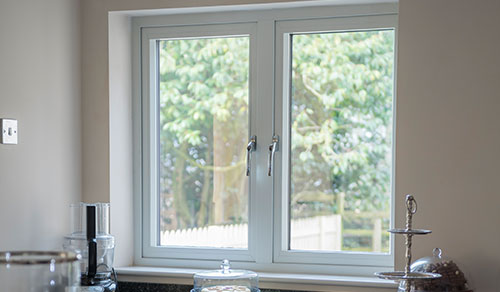
Another innovation is the use of low-emissivity (Low-E) glass. This type of glass is coated with a microscopically thin layer of metallic oxide that reflects heat back into the home during winter while allowing sunlight to enter. In summer, Low-E glass reflects solar heat away, keeping interiors cooler. This dual functionality not only enhances comfort but also reduces reliance on heating and cooling systems, contributing to lower energy bills. Homeowners can now enjoy natural light without the drawbacks of excessive heat gain or loss, making Low-E windows a popular option in modern window replacements.
The advent of smart window technology is another exciting development in the field of window replacement. Smart windows can automatically adjust their tint based on the intensity of sunlight, helping to regulate indoor temperatures and reduce glare. These windows use electrochromic technology, allowing homeowners to control the amount of light and heat entering their homes with the touch of a button or through a smart home app. This level of control not only enhances comfort but also promotes energy efficiency, as homeowners can optimize their indoor environment based on real-time conditions.
In addition to energy-efficient glass technologies, the frames of replacement windows have also seen significant improvements. Traditionally made from wood, vinyl, or aluminum, modern window frames now often utilize composite materials that offer superior durability and insulation. Composite frames combine various materials to create a strong, weather-resistant product that requires less maintenance than wood and has better thermal performance than aluminum. This innovation allows homeowners to enjoy the aesthetic appeal of traditional wood while benefiting from the longevity and energy efficiency of modern materials.
Furthermore, advancements in window manufacturing processes have led to more precise and customizable window designs. Homeowners can now choose from a wider array of styles, colors, and finishes to match their home's architecture and personal preferences. Customization options extend to energy performance as well, with manufacturers offering windows that meet specific energy efficiency ratings based on local climate conditions. This level of personalization ensures that homeowners can achieve both aesthetic appeal and optimal energy performance in their window replacements.
Another significant trend in window replacement is the emphasis on sustainability. Many manufacturers are now focusing on eco-friendly materials and processes. For instance, some Windows By Ideal Glass are made from recycled materials, while others are designed to be recyclable at the end of their lifespan. Additionally, energy-efficient windows contribute to sustainability by reducing energy consumption, thereby decreasing greenhouse gas emissions. Homeowners who prioritize environmental responsibility can now find window replacement options that align with their values.
The installation process for window replacement has also seen advancements, with many companies adopting modern techniques to improve efficiency and reduce disruption. For example, some manufacturers offer pre-assembled window units that can be quickly installed, minimizing the time and labor involved in the replacement process. This approach not only speeds up installation but also reduces the likelihood of errors, ensuring a better fit and performance.
Moreover, advances in insulation techniques during installation have contributed to improved energy efficiency. Proper sealing and insulation around windows are crucial for preventing air leaks, which can undermine the benefits of energy-efficient windows. Many installers now use advanced sealing materials and techniques to ensure that windows are airtight, maximizing their performance and longevity.
Finally, the rise of online resources and tools has empowered homeowners to make informed decisions about window replacement. Virtual reality tools allow homeowners to visualize how different window styles and configurations will look in their homes before making a purchase. Online calculators can estimate potential energy savings from various window options, helping homeowners choose the most cost-effective solutions. This accessibility to information and technology has made the window replacement process more user-friendly and transparent.
In conclusion, the field of window replacement has evolved dramatically, offering homeowners a wealth of options that prioritize energy efficiency, comfort, and sustainability. From triple-glazed windows and Low-E glass to smart technology and eco-friendly materials, the latest advancements are transforming homes into more efficient and enjoyable living spaces. As homeowners continue to seek ways to improve their homes, these innovations in window replacement will play a crucial role in enhancing both the aesthetic appeal and energy performance of residential properties. With the right choices, window replacement can be a significant step towards creating a more sustainable and comfortable home environment.
